1.1 Biological Micromanipulation
Nowadays, biological micromanipulation emerges as an important approach in biomedical engineering. It concerns the operation of biological entities involving positioning, gripping, injecting, cutting, and fusion, etc. In particular, the single cell (typically, around 10500

m size) acts as the basic component of life, as it is the smallest unit of biological things. Therefore, biological cell micromanipulation has gained extensive interests from both academia and industry in the past two decades.
Biological cell micromanipulation involves the operation of probing, injecting, gripping, cutting, etc. for biological cells . Traditionally, biological cells are manipulated manually by an operator using the visual information provided by an optical microscope. For example, cell microinjection is a crucial manipulation for DNA therapy , intracytoplasmic sperm injection (ICSI), drug delivery , and so on. It can be operated manually by two hands of human operator under a microscope. While one hand immobiles the cell using a glass pipette with suction force, the other hand penetrates the cell embryo with a sharp pipette and then injects exogenous materials into the cell. However, manual operation suffers from low efficiency, low success rate, and low repeatability . Moreover, the long-time operation will cause fatigue to the human operator.
Alternatively, robotic micromanipulation system allows the realization of precision positioning, gripping, and assembly operation of micro-objects by integrating actuation, sensing, and control of the microrobotic system. Such technology enables the dynamic exploration of objects in micro/nanoworld, and scale new height for the development on new material, information technology, manufacturing equipment, biomedical science, and so on. The realization of robotic micromanipulation system requires the incorporation of various micromachines which function as micromanipulation tools with actuation and sensing capabilities. Such micromachines involve microprobe, microinjector, microgripper, etc.
Generally, microprobe is an efficient micromachine to move and separate biological cells. Equipped with force-sensing capability, it is useful for the characterization of mechanical property of cells. Microinjector is an indispensable micromachine in cell microinjection manipulation. An ideal microinjector is expected to bring the lowest injury to the cells, which facilitates the achievement of a high survival rate of the injected cells for subsequent biological study. For this purpose, microinjector with force sensing and control paves a promising way toward reliable cell microinjection. Microgripper functions as an important micromachine in picktransportplace manipulation of biological cells. Force-sensing microgrippers are capable of regulating the grasp force for a safe micromanipulation. Mounted on a micropositioner , the force-sensing microgripper is a power tool dedicated to biological micromanipulation including cell separation , cell sorting , cell stiffness measurement.
In the early film Fantastic Voyage (1966), the author describes a team of scientists and submarine that are shrunken to microscopic size and injected into the bloodstream of a near-death scientist with a small crew. The mission of the voyagers is to relieve a blood clot caused by an assassination attempt. The film imagines a micromachine that can operate in human body. The development of such a tiny autonomous micromachine is still a challenging goal nowadays.
Fig. 1.1
Typical tethered micromachines for biological cell micromanipulation. a Microprobe; b microinjector; c microgripper
1.2 Tethered Micromachines for Bio-micromanipulation
Tethered type of micromachines involve mechanical microprobes, microinjector, and microgrippers, etc., for bio-micromanipulation as illustrated in Fig.. During the micromanipulation process, direct physical contact is established between the micromachines and biological samples.
Scanning probe microscopy (SPM) produces the image for surfaces by using a physical probe which scans over the specimen. SPM was founded in 1981 by the invention of the scanning tunneling microscope (STM). Later, since the invention of the atomic force microscopy (AFM) by Binnig, Quate, and Gerber in 1986 [], have also been explored for biological micromanipulation.
Fig. 1.2
Photo of an automated robotic cell microinjection system with inverted microscope and controllers for the injector
Cell microinjection is a kind of micromanipulation which introduces foreign materials (e.g., DNA, RNAi, sperm, protein, toxins, and drug compounds) into living cells. It has been extensively applied to genetics, transgenics, molecular biology, drug discovery, reproductive studies, and other biomedical areas [].
Fig. 1.3
Gripping of human mesenchymal stem cell (25

m diameter) using a microgripper
As a typical micromanipulation, microgripping is employed to realize the grasp or pick-and-place operation of a biological sample. As a contact-type micromachine, the gripper is usually designed based on flexure or compliant mechanism , which enables the elimination of friction, clearance, and backlash in motion transmission process. More details about the design of compliant mechanisms with large motion range can be referred to the book [), which offers a more convenient way alternative to conventional method based on microfluidic chips.
Cell cutting is an important manipulation for single cell analysis. For the cutting of biological cells, a microknife with sharp edge is required. Conventional diamond and glass knives cannot meet the requirement due to a large edge angle (over 20

). In the literature, the microknives fabricated from carbon nanotube (CNT) [] have been reported for single cell cutting.
Moreover, microelectromechanical systems (MEMS) have been recognized as ideal tools for biological cell micromanipulation and characterization, owing to their unique properties including size matching to single cells and capability of producing and measuring motion and force in microscale. A recent review of MEMS-based micromachines for mechanical manipulation and characterization of cells is presented in the literature [].

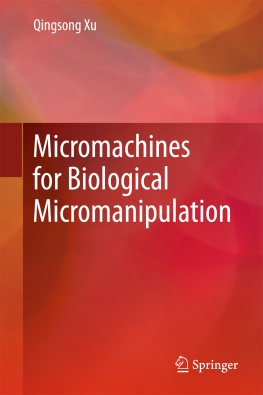

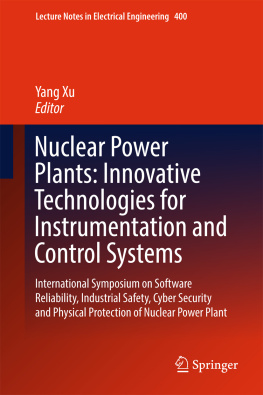
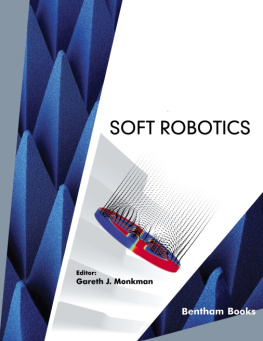
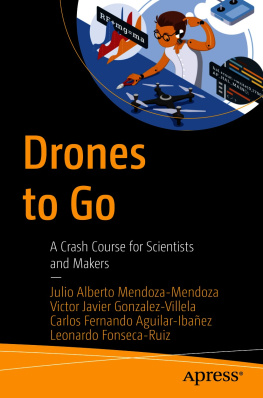

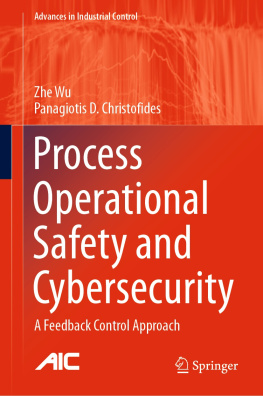

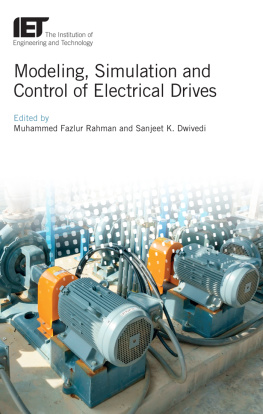
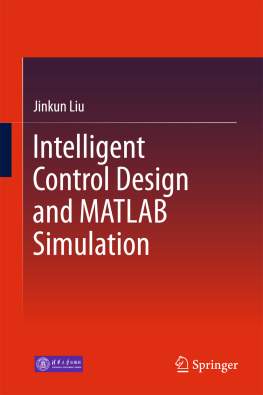

 m size) acts as the basic component of life, as it is the smallest unit of biological things. Therefore, biological cell micromanipulation has gained extensive interests from both academia and industry in the past two decades.
m size) acts as the basic component of life, as it is the smallest unit of biological things. Therefore, biological cell micromanipulation has gained extensive interests from both academia and industry in the past two decades.

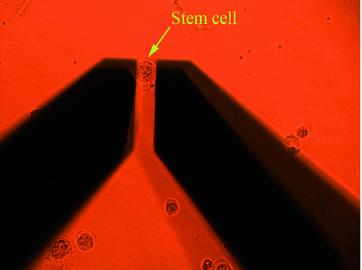
 m diameter) using a microgripper
m diameter) using a microgripper ). In the literature, the microknives fabricated from carbon nanotube (CNT) [] have been reported for single cell cutting.
). In the literature, the microknives fabricated from carbon nanotube (CNT) [] have been reported for single cell cutting.